Polder Mill the Dog
A grinding mill is definitely a mighty machine. Anyone who wants to see for themselves how the Dutch kept their feet dry until the 20th century should visit De Dog in Uitgeest on a windy day. When the sails are turning, the miller is present and one can take a look.
North of Uitgeest along the Geesterweg stands the Dog, a sturdy and with its 125 years still young polder mill. Together with the electric pumping station next to it, the Dog takes care of the drainage of the Castricummerpolder.
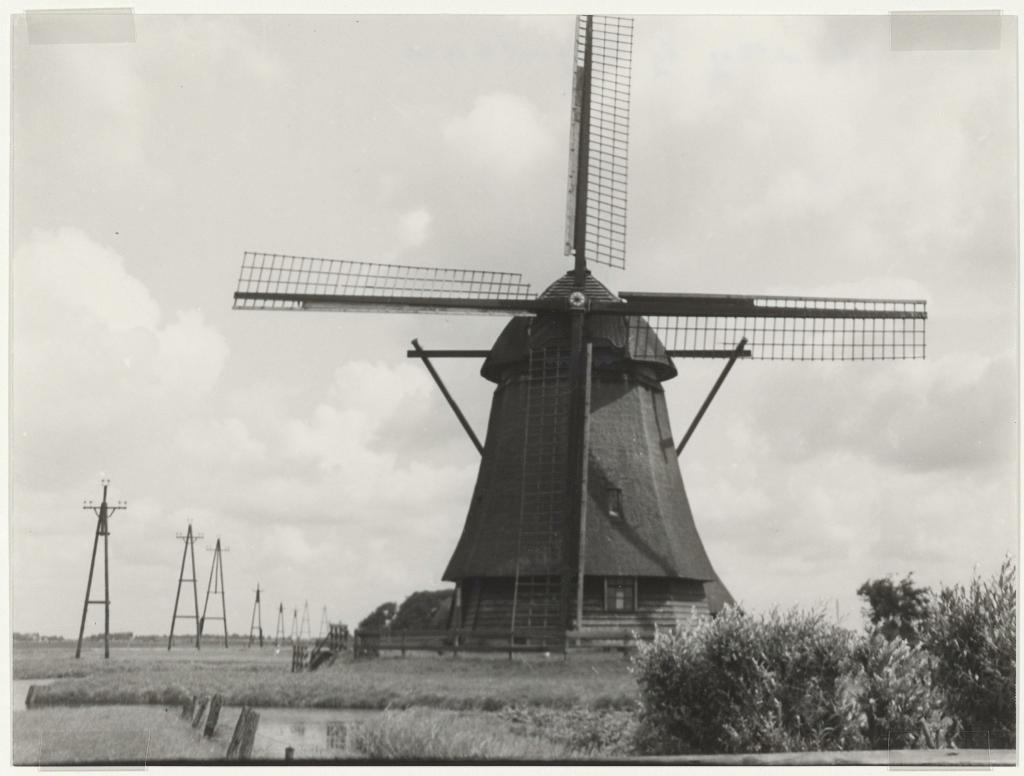
Octagonal upper weiner
The Dog is a robust polder mill. In good wind, the blades make 20 revolutions per minute. They reach a speed of 120 kilometers per hour. The mill then moves about 80 cubic meters of water per minute, or 80,000 liter packs of milk. It's a mighty sight. In 2020, the mill turned 360 hours.
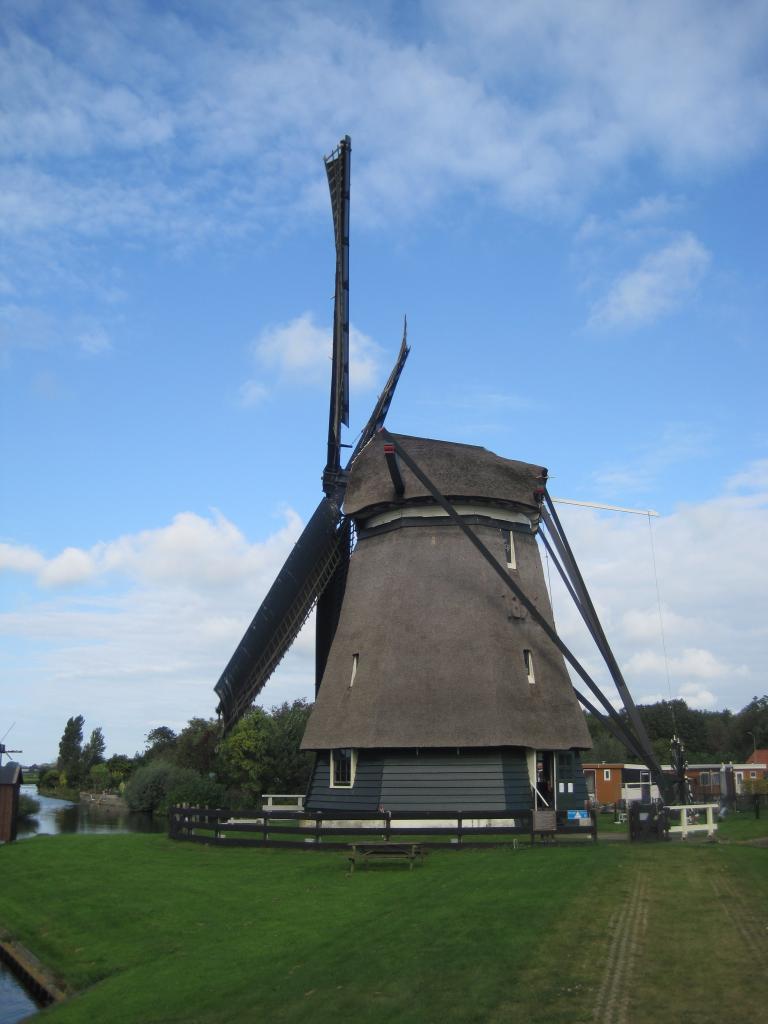
'Sailing ship'
The prerequisite is that the wind cooperates. So everything was done at the Dog. The sails were fitted with jibs in 1965. Engineer and sailor Leen Fauël (1891-1992) noticed that he could also sail in weak winds when a mill would not be able to grind. He started applying the jib sails of a sailboat in wood to the mill sails, allowing them to turn properly even in weak winds. Thus, a mill becomes a sailing ship on dry land.
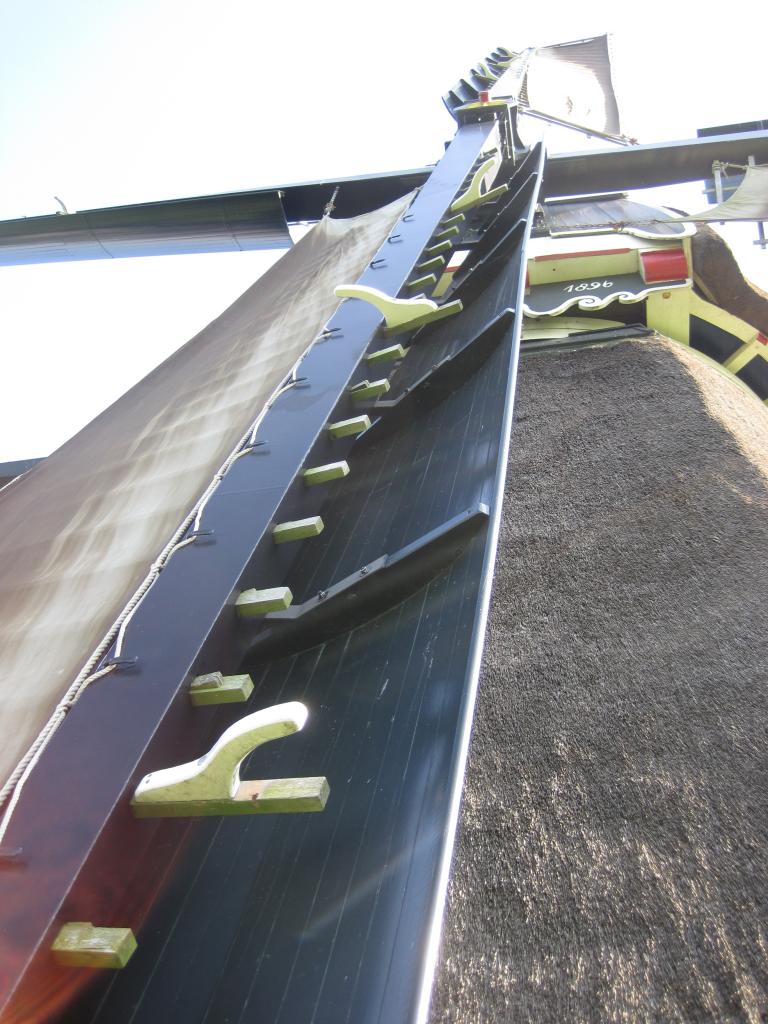
Mill History
The Castricummerpolder was formed in the year 1579 and shortly thereafter equipped with a polder mill, a predecessor of the current mill. How the mill got its name is unknown: perhaps "Dogge" was the name of a nearby watercourse. The mill had a paddle wheel, but in 1876 an auger was installed. This immediately created living space for the miller in the hull. In 1893 an auxiliary steam pumping station was built next to the mill, which assisted in case of wind failure.
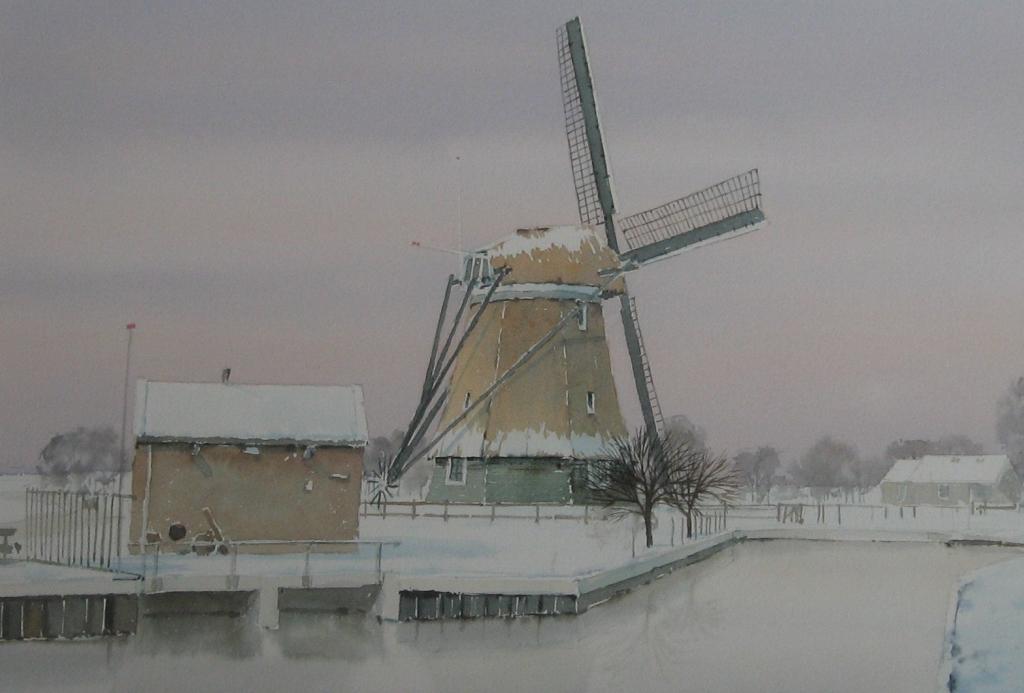
Miller drama
On December 6, 1895, the mill was struck by lightning at about 2:30 in the afternoon during severe thunderstorms. It burned to the ground within half an hour. Two daughters of miller Klaas Ooijevaar (1852-1932) perished in the blaze. The polder decided to rebuild because the pumping station could not cope alone. The well-known Zaandijker millwright Pieter Vredenduin (1835-1896) provided the design. The polder immediately had a separate house built for the miller.

Restoration
In 1934, the steam plant in the pumping station was replaced by a diesel engine. The Dog was then obsolete, but during World War II the polder had the mill quickly refurbished because diesel fuel was no longer available. After the war, decay struck again, but fortunately, after a long run-up, the first major restoration followed in 1963. During heavy rainfall, De Dog often jumps in.
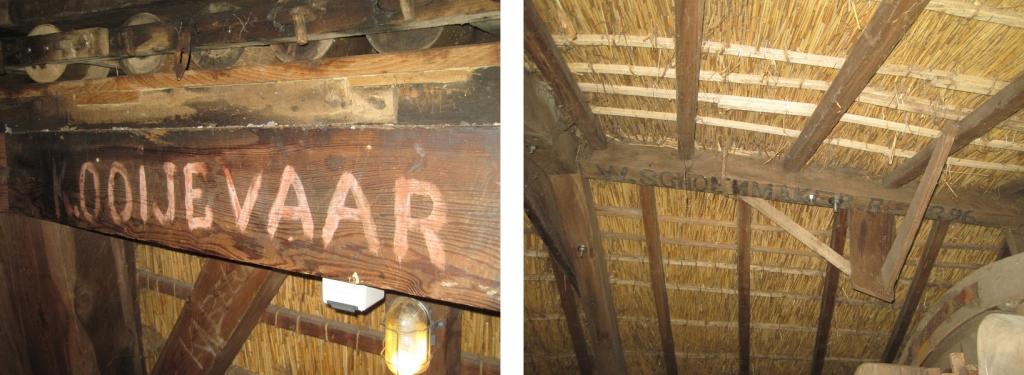
Additional
- The Dog and other mills in Uitgeest
- Those hiking Stage 11 of the North Holland Trail (from Akersloot to Krommenie) can detour a bit to stop by the Dog. The best time for a mill visit is after a few rainy days in spring and fall, as that's when you're most likely to see a grinding mill.
- A recent interview with miller Peter Heeremans
- Peter and his wife Sylvia (and the Dog) are also featured in a podcast from the Whispering Mills project.
- The Whispering Mills project
- Whispering Mills podcast series
- One can also take a "mill tour" by bicycle.
Conservation of the mill is made possible in part by the National Cultural Heritage Agency and the province of North Holland.